In the vast expanse of wilderness, big cats reign supreme as one of the most magnificent and respected predators. However, with the persistent encroachment of humans into their natural habitats, these majestic creatures face increasing challenges. Despite being formidable hunters, big cats often choose to minimize conflicts with humans. But how do they accomplish this? This article delves into the fascinating tactics that big cats employ to avoid confrontations with people, aiming to harmonize their existence with a world that’s rapidly changing.
Avoidance Behavior

Big cats, such as lions, tigers, leopards, and jaguars, often employ avoidance strategies to minimize encounters with humans. This behavior is primarily driven by their natural instincts to evade potential threats and conflicts. By preferring habitats that are less frequented by humans, these animals can go unnoticed, preserving peace in their environment. Even within shared spaces, big cats are known to adjust their activity patterns, becoming more nocturnal to reduce the likelihood of encounters.
Understanding Human Presence
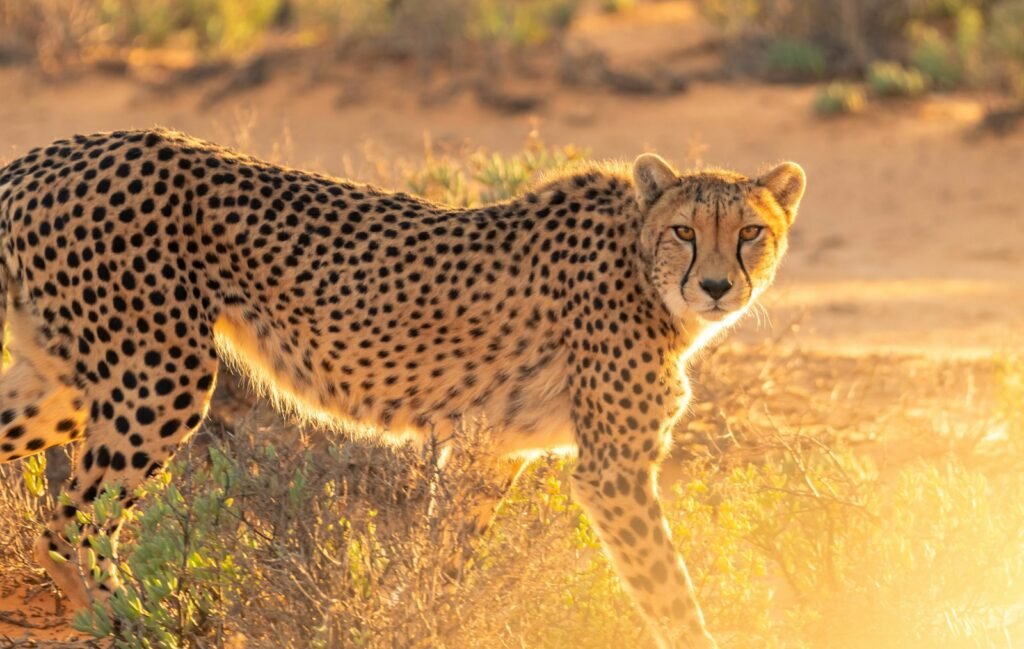
Through years of environmental adaptation, big cats have developed a keen sense of human presence. They can detect changes in their surroundings, whether it be noises, smells, or trails left behind by people. This heightened awareness allows them to adjust their paths, remaining distant from areas that are heavily trafficked by humans. In some cases, their ability to recognize human encroachment acts as an early warning system to move to safer parts of their territory.
Territorial Marking
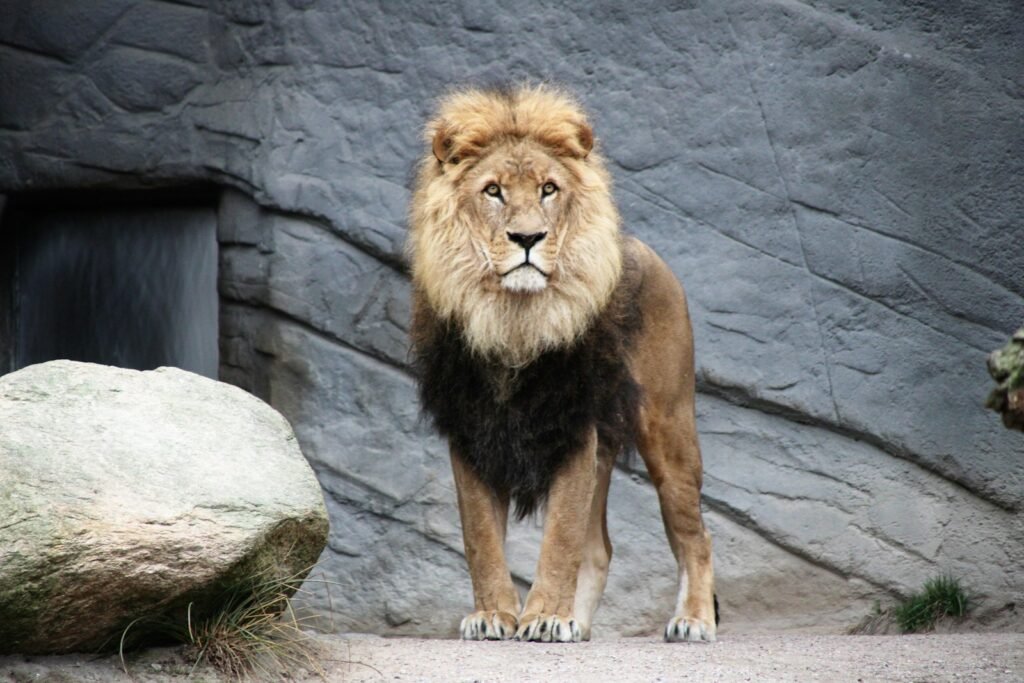
Much like how humans put up fences and signs to denote property lines, big cats use territorial marking as a way of maintaining their space. By establishing and regularly updating scent markers, these animals communicate boundaries to other wildlife, including humans. This practice not only helps in avoiding intra-species clashes but also subtly hints to humans about their presence, potentially discouraging intrusion.
Feeding Habits
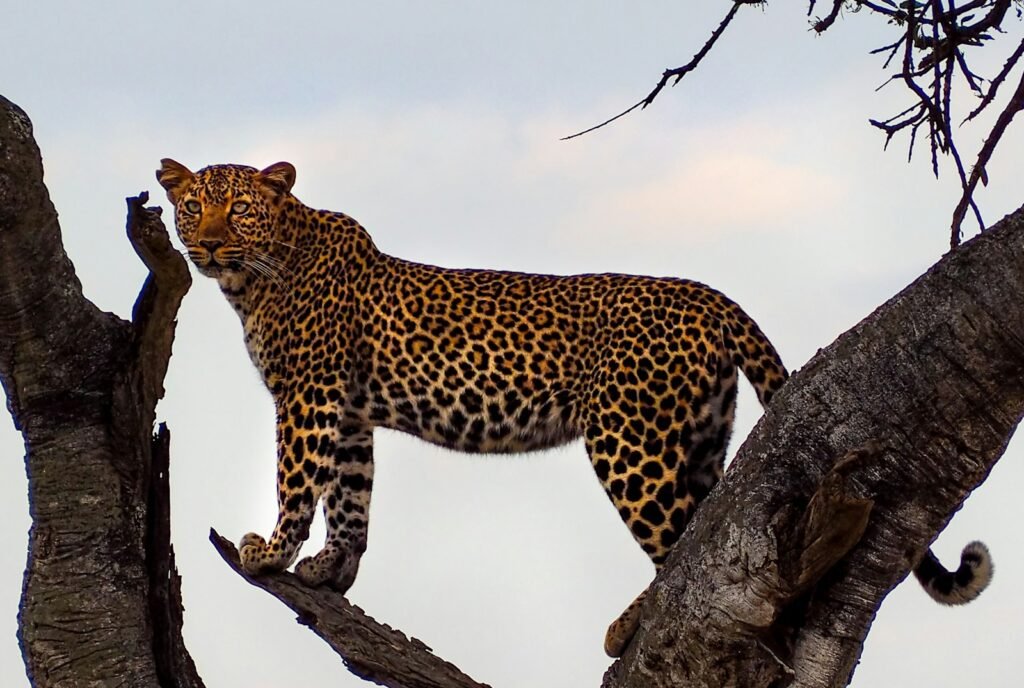
To further reduce the likelihood of conflict, big cats have adapted their feeding habits. They often stash their kills away from areas frequented by humans, ensuring that their meals remain undisturbed. Moreover, by hunting at night when human activity is minimal, they effectively minimize direct encounters during vulnerable moments like feeding.
Coexistence with Livestock
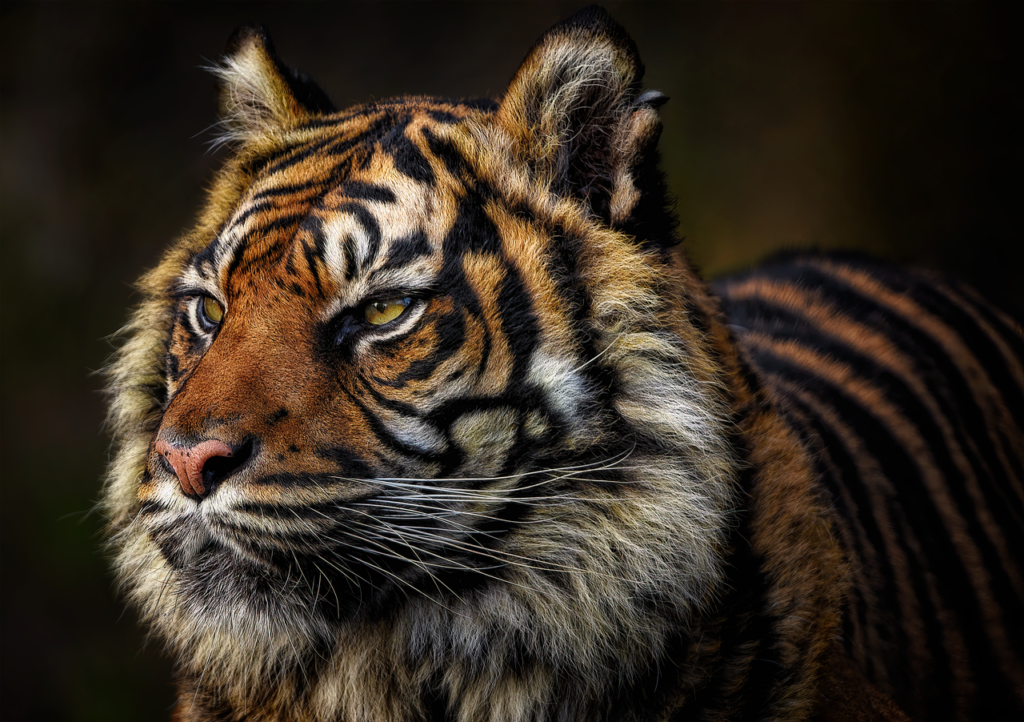
In areas where big cats and agricultural zones overlap, conflicts may arise over livestock predation. To mitigate this, some big cats have developed strategies to avoid such attacks. They might choose natural prey over livestock whenever possible or hunt in areas that present less risk of human interaction. Conservationists are also working alongside communities to provide alternative solutions like livestock guarding dogs and improved fencing, promoting a balance between wildlife needs and human livelihoods.
Role of Conservation Efforts
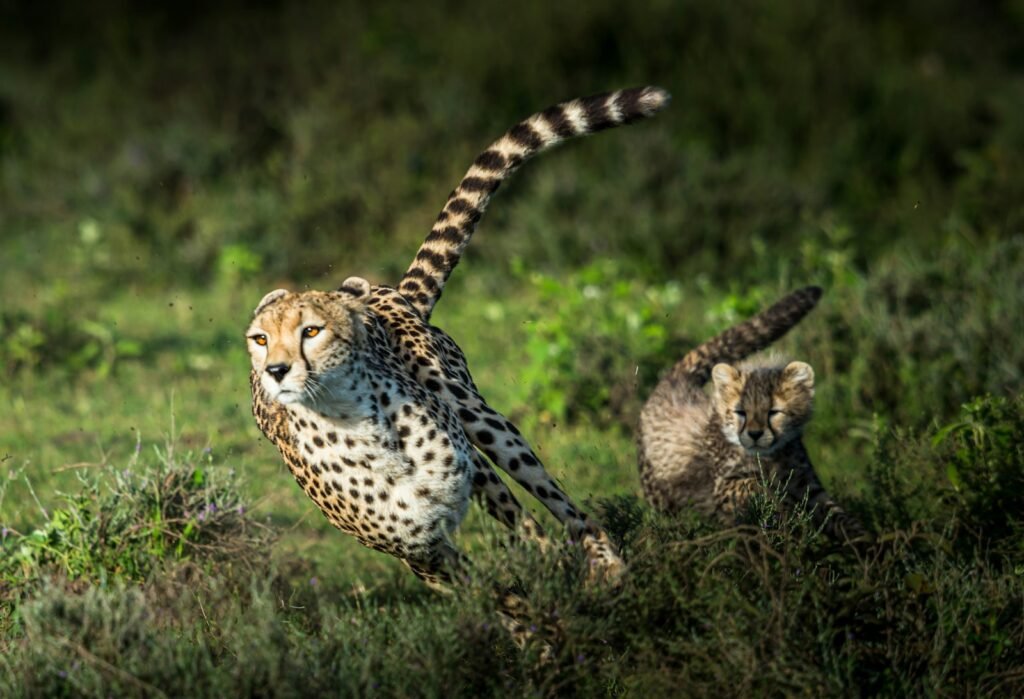
Efforts by conservation organizations play a crucial role in reducing human-big cat conflicts. Initiatives such as protected reserves, wildlife corridors, and community education programs have been instrumental in creating safe spaces for big cats. These efforts often encourage local communities to view these predators as an essential part of the ecosystem, fostering coexistence and understanding.
Community Involvement
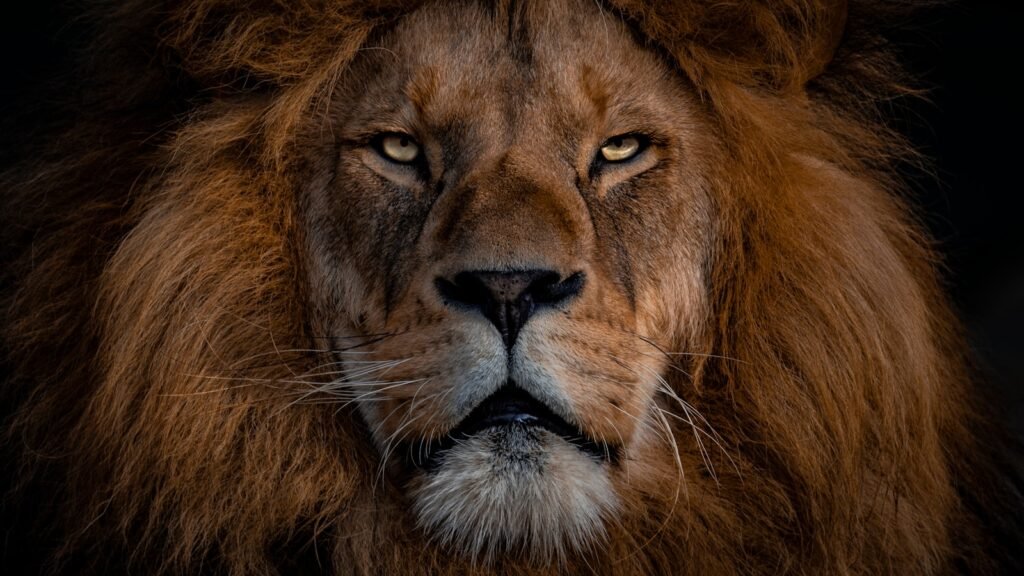
Empowering local communities to take charge of wildlife conservation has proven beneficial in managing human-big cat interactions. By involving them in programs that highlight the ecological and economic value of big cats, communities are becoming more invested in preserving these remarkable creatures. Community-based monitoring and reporting systems have also been successful in promptly addressing potential conflicts.
Use of Technology
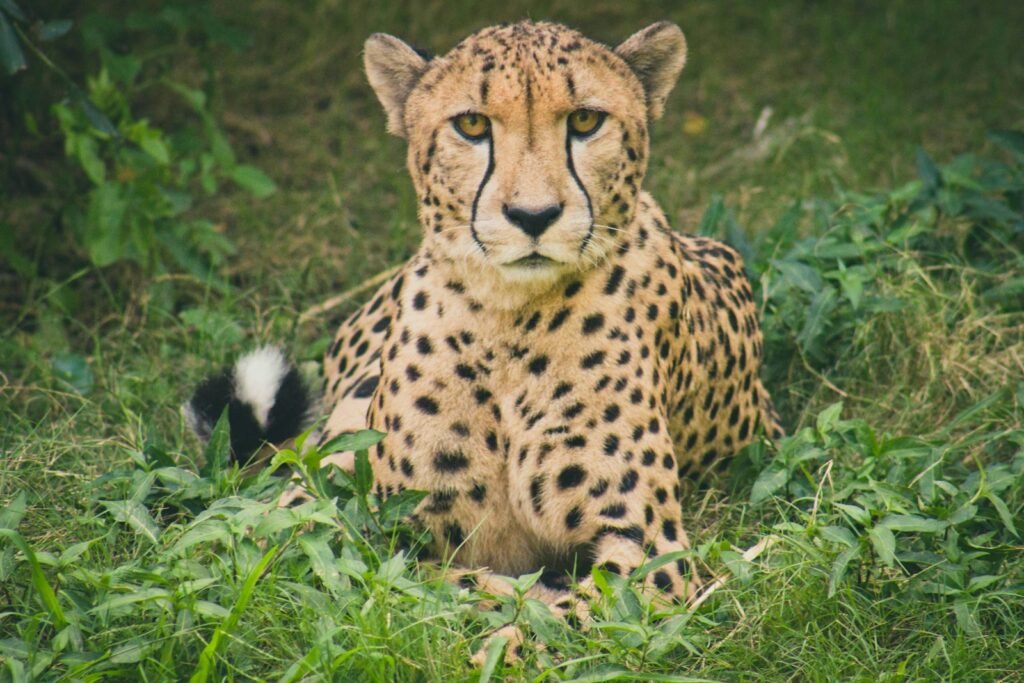
Advancements in technology are aiding in the peaceful coexistence between big cats and humans. Tools such as GPS collars, motion-sensor cameras, and drones provide researchers with valuable data on the movement and behavior of these animals. This information helps in crafting more effective conservation strategies, such as designing corridors that align with natural migration patterns, minimizing human intrusion while ensuring the safety of big cats.
Education and Awareness

Raising awareness about the biology and behavior of big cats is vital in promoting their conservation. Educational programs that highlight the importance of these apex predators help mitigate fear and misconceptions among local populations. By fostering appreciation and respect for big cats, communities become more inclined to participate in conservation efforts actively.
Legal Protections
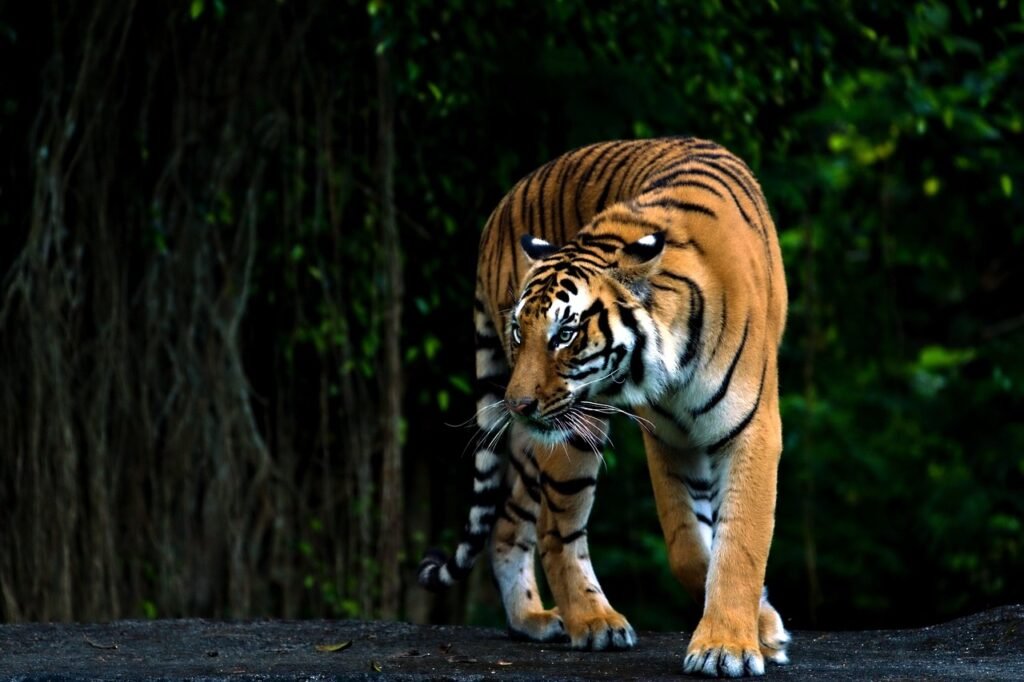
Enforcing strict legal protections for big cats is crucial in addressing the threats they face from poaching and illegal hunting. National and international laws that protect these animals discourage harmful practices, holding individuals accountable for actions that could disrupt the delicate balance between humans and wildlife. Such measures are imperative in ensuring the long-term survival of these species.
Monitoring and Research
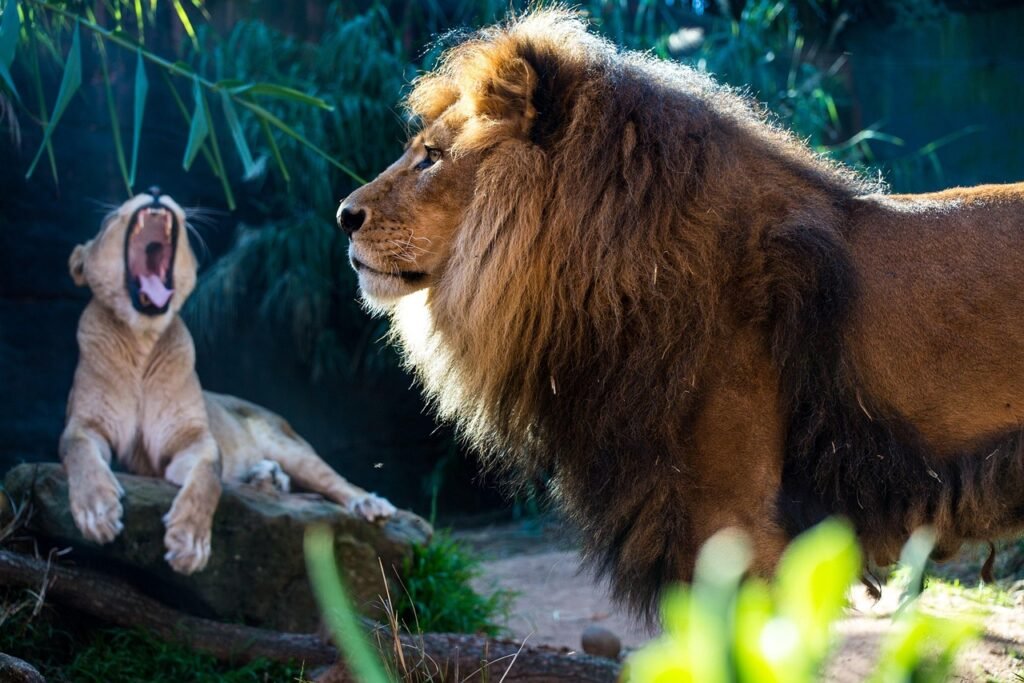
Continuous research and monitoring of big cat populations are essential for understanding their behavior and ecology. By studying their interactions with human populations, conservationists can develop targeted strategies that address specific challenges. Monitoring enables timely interventions, ensuring that both human and big cat populations can thrive side by side.
In conclusion, the ability of big cats to avoid human conflict is a testament to their adaptability and intelligence. Through a combination of natural behavior, territory management, and the support of conservation efforts, these ancient predators have found ways to coexist with humans in a rapidly changing world. By continuing to support and expand these efforts, we can ensure that big cats thrive in their natural habitats, preserving the delicate balance of our ecosystem.
Hi, I’m Bola, a passionate writer and creative strategist with a knack for crafting compelling content that educates, inspires, and connects. Over the years, I’ve honed my skills across various writing fields, including content creation, copywriting, online course development, and video scriptwriting.
When I’m not at my desk, you’ll find me exploring new ideas, reading books, or brainstorming creative ways to solve challenges. I believe that words have the power to transform, and I’m here to help you leverage that power for success.
Thanks for stopping by, Keep coming to this website to checkout new articles form me. You’d always love it!






